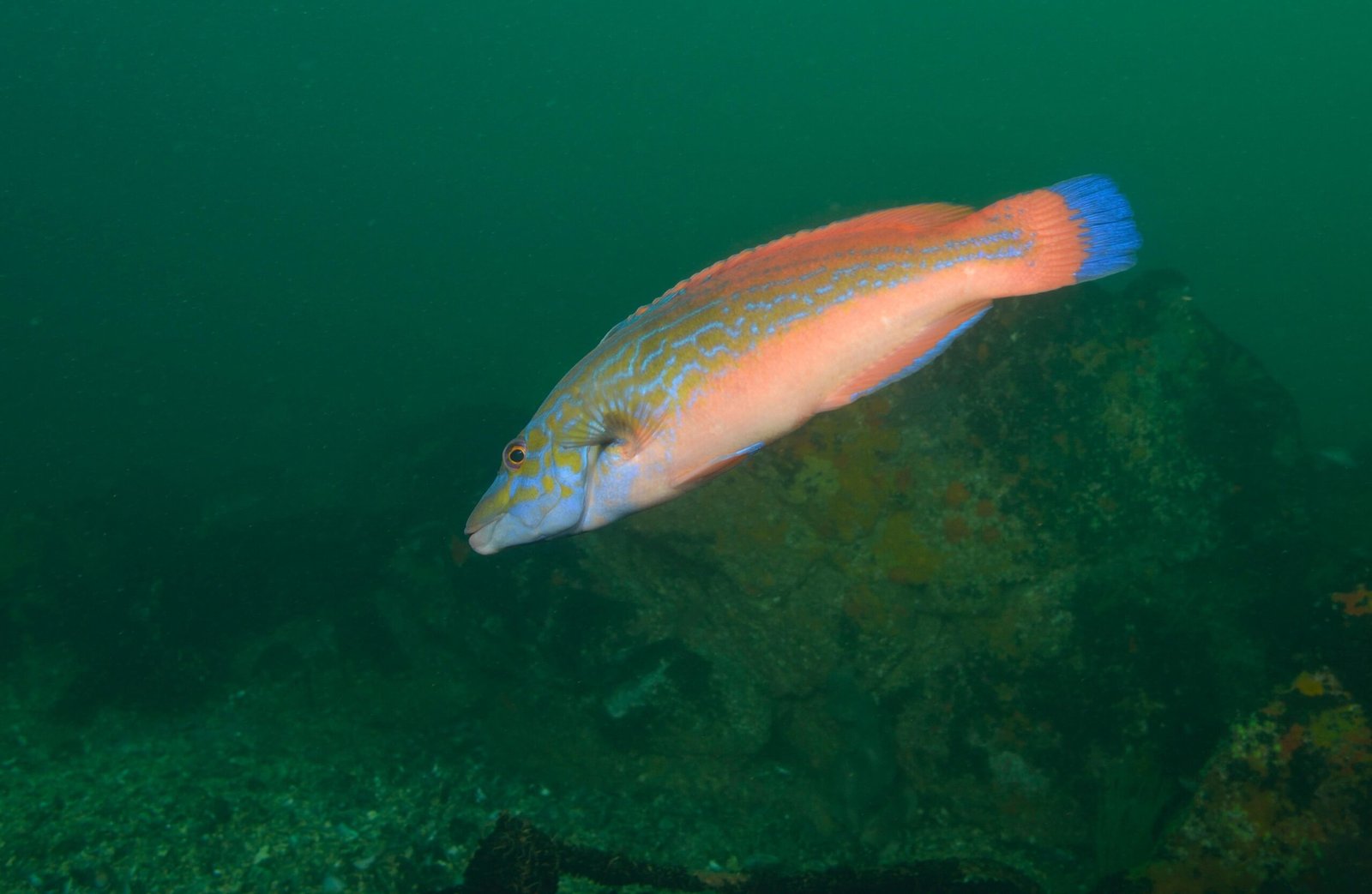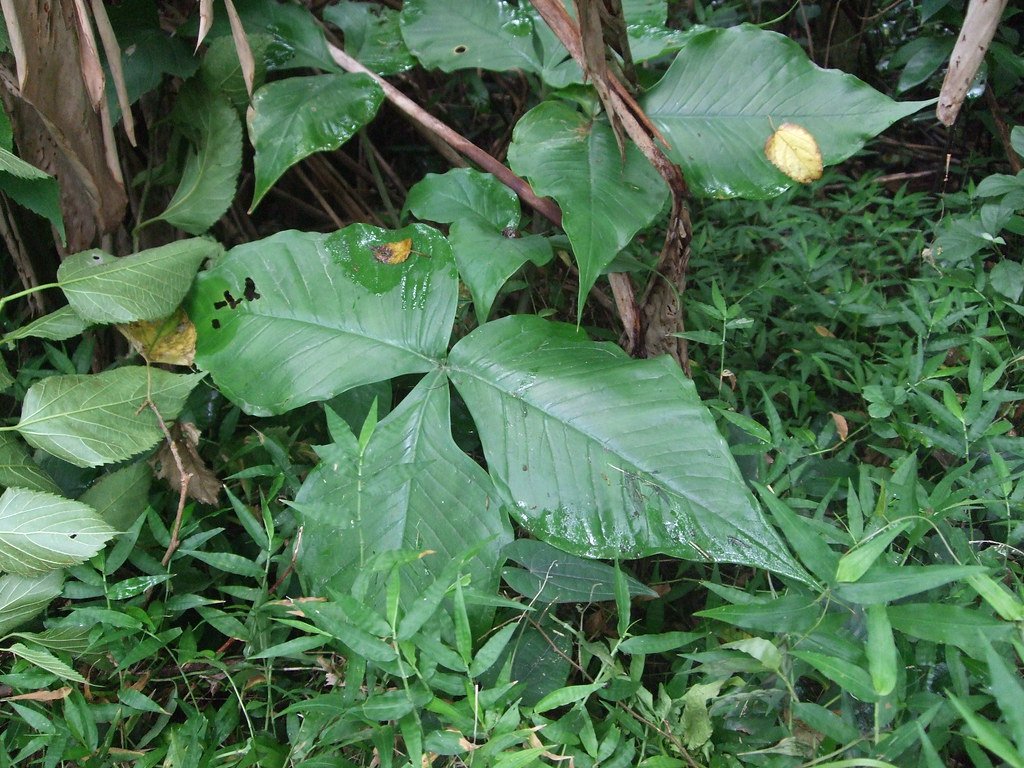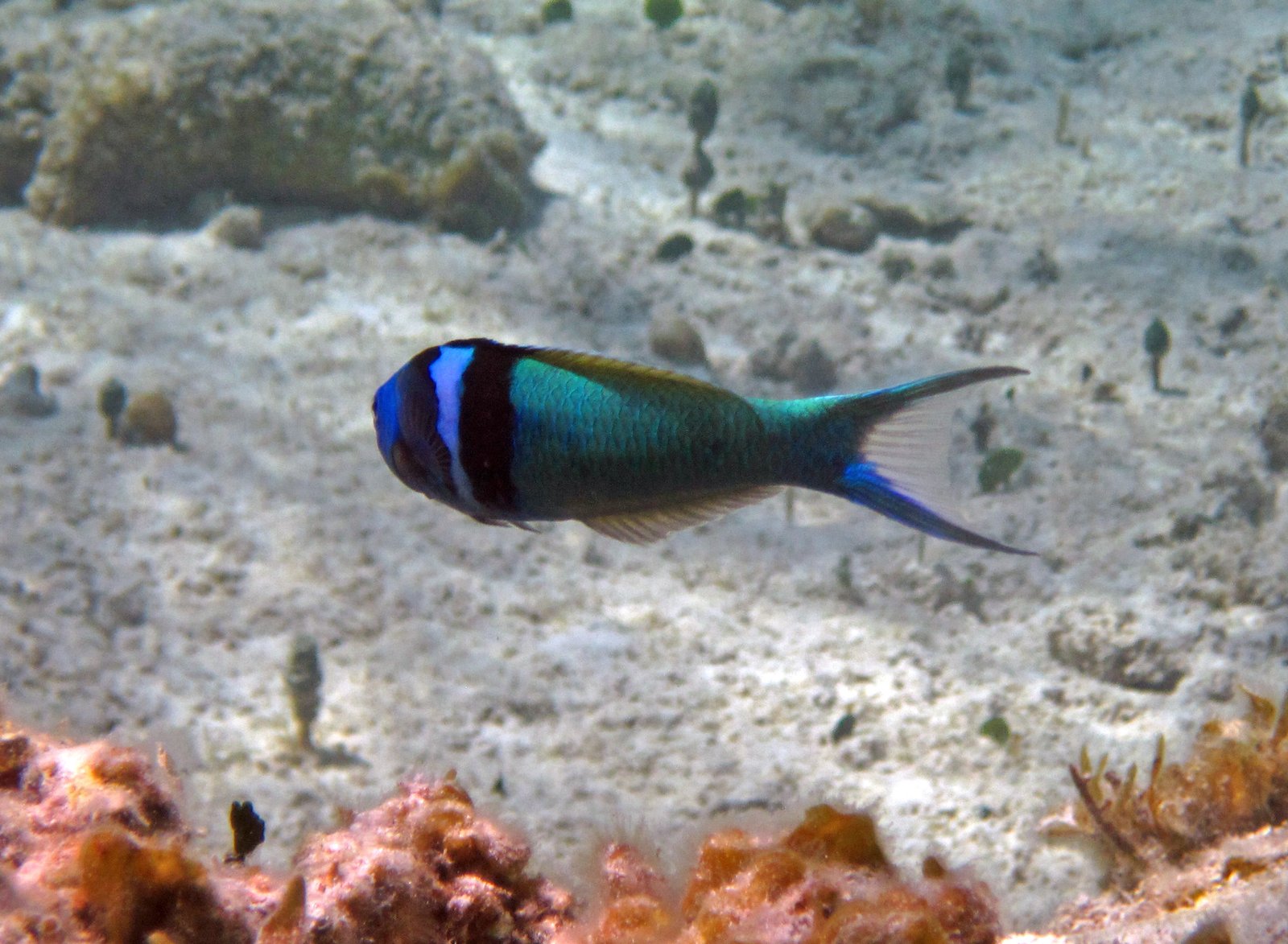Picture this: you’re wandering through a coral reef, and you spot a clownfish family. What looks like a typical male-female pair is actually something far more extraordinary than Finding Nemo ever showed us. That “daddy” fish? Well, he might just become “mommy” if the current female disappears. Welcome to the wild, wonderful world of gender diversity in nature – where the rules you thought you knew get turned completely upside down.
For too long, we’ve been stuck thinking about biological sex as this neat, tidy binary. Male or female. Blue or pink. End of story. But nature? Nature laughs at our oversimplified textbooks and throws us curveballs that would make even the most creative science fiction writer’s head spin.
The Myth of the Binary

Darwin wasn’t right about everything. He nailed that theory of evolution, but his understanding of gender and sexual diversity in the animal kingdom was more than a little misguided. The natural world is way more diverse and complex than he — or your high school biology teacher — may have led you to believe. The idea that there are only two sexes, clearly defined and unchanging, is basically nature’s equivalent of a flat-earth theory. Biologists now think there is a larger spectrum than just binary female and male. It’s like we’ve been trying to describe a rainbow using only black and white crayons. According to some scientists, that balance can shift long after development is over. Studies in mice suggest that the gonad teeters between being male and female throughout life, its identity requiring constant maintenance. Even our own bodies are constantly working to maintain their sexual identity – it’s not some fixed, unchangeable destiny written in stone.
The Clownfish Revolution

A common example of protandrous species are clownfish, which have a very structured society. In the species Amphiprion percula, there are zero to four individuals excluded from breeding and a breeding pair living in a sea anemone. Dominance is based on size, the female being the largest and the reproductive male being the second largest. The rest of the group is made up of progressively smaller males that do not breed and have no functioning gonads. Imagine if Pixar had gotten the biology right! All of the smaller fish are male. If the large breeding female is removed, her male mate changes sex to female and the next largest fish in the group rapidly increases in size and takes over the role as the sexually mature male. This isn’t some freaky accident – it’s a perfectly normal Tuesday in clownfish society. The transformation happens so smoothly that it makes human gender transitions look like child’s play. The case of the clownfish is unique in that the physical changes can take years, leaving the fish in an “intermediate state” biologically while it begins to adopt female behaviour. “The gonads don’t define the sex of these animals… it’s happening in the brain.”
Sequential Hermaphrodites: Nature’s Shape-Shifters

Sequential hermaphroditism occurs in many fish, gastropods, and plants. Species that can undergo these changes do so as a normal event within their reproductive cycle, usually cued by either social structure or the achievement of a certain age or size. Think of it as nature’s ultimate makeover show, except instead of getting a new wardrobe, these animals get entirely new reproductive organs. In animals, the different types of change are male to female (protandry or protandrous hermaphroditism), female to male (protogyny or protogynous hermaphroditism), and bidirectional (serial or bidirectional hermaphroditism). Both protogynous and protandrous hermaphrodites allow the organism to switch between functional male and functional female. Protogyny is a more common form of sequential hermaphroditism in fish, especially when compared to protandry. Protogyny is the most common form of hermaphroditism in fish in nature. About 75% of the 500 known sequentially hermaphroditic fish species are protogynous and often have polygynous mating systems. It’s like having a biological Swiss Army knife – whatever the situation calls for, these creatures can adapt accordingly.
The Parrotfish Phenomenon

Many fish species can change their biological sex — about 500, according to another part of the episode — but most often change from female to male, often within a week. Parrotfish are the poster children for this incredible transformation. These vibrant reef dwellers start life as females, but when the dominant male disappears, the largest female undergoes a complete makeover that would put any reality TV show to shame. Captive fish were induced to change sex using aromatase inhibition or manipulation of social groups. Complete female-to-male transition occurred over 60 days in both cases and time-series sampling was used to quantify changes in hormone production, gene expression and gonadal cellular anatomy. Within days, her behavior changes, her colors shift, and her reproductive organs completely restructure. It’s not just about appearances – this is a fundamental rewiring of the entire biological system. The transformation is so complete that even marine biologists sometimes struggle to believe their eyes.
The Hyena Matriarchy

If you think human gender roles are complicated, wait until you meet the spotted hyena. The female spotted hyena urinates, copulates, and gives birth through her pseudo-penis. This prevents males from mating without the full co-operation of females, which means that mating preferences of the female are predominant. Spotted hyenas are a matriarchal society, where adult females dominate adult males and are also more aggressive than males. Intersex plumbing is found in ALL females of the spotted hyena (Crocuta crocuta) of Tanzania—in which the females have penises nearly indistinguishable from those of the males. The first scientific investigation in 1939 showed that a spotted hyena makes only one-size gamete throughout its life, either as an egg or sperm. Thus these hyenas are not hermaphrodites. Rather, female spotted hyenas are intersexed, like some female bears. The females have a phallus 90% as long and the same diameter as a male penis (yes, somebody measured, 171 millimeters long and 22 millimeters in diameter). The labia are fused to form a scrotum containing fat and connective tissue resembling testicles. Talk about turning traditional gender expectations on their head!
The Androgen Advantage

Spotted hyenas present a unique syndrome of reversal in behavioral and anatomical distinction between the sexes: females are heavier and more aggressive than males and dominant over them. The female’s external genitalia include a false scrotum and a fully erectile pseudopenis through which mating and birth take place. Results of studies of circulating testosterone levels in wild spotted hyenas do not account for the “male-like” characteristics of the female. Androstenedione, however, is consistently higher in females than in males, particularly during early infancy. It’s like nature decided to give female hyenas a testosterone boost that makes them the ultimate alpha females. Testosterone levels in spotted hyena females are as high as those in males, unlike female striped or brown hyenas (who are also not socially dominant to their male counterparts). It’s thought that high levels of testosterone are transferred to male and female offspring through the placenta, exposing both sexes to a high level of maleness during gestation. This hormonal cocktail creates a society where being female doesn’t mean being submissive – quite the opposite.
The Cost of Uniqueness

The spotted hyena’s pseudo-penis has severe reproductive costs. Nearly all of her first-born cubs are stillborn, as the placenta is not long enough for the extended penile birth canal. In addition, the first birthing process is time-consuming, as it requires the meatus of the pseudo-penis to tear, allowing the fetus to pass through; as a result, the first-born often die of hypoxia. This last eye-watering feat is like squeezing a cantalope out of a hosepipe, and 10 percent of first-time hyena mothers die in the process. The fate of their cubs is even more precarious, since the umbilical cord is too short to navigate a birth canal that’s not only twice the length of a similar-sized mammal’s but includes a cheeky hairpin turn halfway down. Up to 60 percent of cubs suffocate on their way out. Nature’s experiments don’t always come without a price tag. Yet somehow, these remarkable creatures have thrived for millions of years, suggesting that the benefits of their unique anatomy outweigh the brutal costs.
Plant Gender Fluidity

In plants, individual flowers are called dichogamous if their function has the two sexes separated in time, although the plant as a whole may have functionally male and functionally female flowers open at any one moment. A flower is protogynous if its function is first female, then male, and protandrous if its function is first male then female. It used to be thought that this reduced inbreeding, but it may be a more general mechanism for reducing pollen-pistil interference. Plants were doing gender fluidity before it was cool. Many flowering plants switch between male and female functions throughout their blooming period, timing their transitions to maximize reproductive success. Most metazoans have separate sexes, while most plants are hermaphroditic. Some plants even have the ability to change their entire sexual strategy based on environmental conditions – if resources are scarce, they might focus on male functions (less energetically expensive), but when times are good, they’ll invest in the more costly female reproduction. It’s like having a reproductive business plan that adapts to market conditions.
The Bluehead Wrasse: A Social Butterfly

Most research to date has focussed on social species, especially the bluehead wrasse, a key model in sex change, and clownfishes to a less extent, but this review includes all known information on sequential hermaphrodites. The bluehead wrasse is basically the celebrity of the sex-changing fish world. Changes in the social environment and community structure often cue the timing of sex change. Species where manipulation of social structure can readily induce natural sex change are convenient models to understand the mechanistic drivers of this transformation. These fish live in harems where one dominant male controls a group of females. But here’s the kicker – when that male disappears, the largest female doesn’t just step up to the plate, she completely transforms into a male within days. It’s like nature’s ultimate career change, complete with a new wardrobe (brighter colors), new behavior patterns, and entirely new reproductive organs. The transformation is so rapid and complete that researchers initially thought they were observing different species.
The Molecular Makeover

The complete sex change that sequentially hermaphroditic fishes undergo during their reproductive lives, while unique among vertebrates, is taxonomically widespread across the teleost tree. The direction and process of sex change differ greatly among teleosts and appear to have evolved multiple times. The cellular and molecular processes that underpin sex change are slowly being determined for a few focal species. However, the extent to which these processes might be conserved and reused across the teleosts to achieve sex change is poorly understood. What’s happening inside these fish during their transformation is like watching a biological miracle in real-time. E2 did not seem to be an initiator of sex change in this model, but amh showed early-stage upregulation. Apart from being an interesting target to better understand early activators of sex change, amh may prove to be a beneficial marker to resolve ET stage fish from females undergoing seasonal ovarian atresia. The process involves a complete rewiring of gene expression patterns, hormone production, and cellular architecture. It’s not just about changing the plumbing – it’s about fundamentally reprogramming the entire biological system.
The Size-Advantage Theory

According to the size-advantage model (SAM), selection should favour sex change when the second sex achieves greater reproductive success at a larger body size than the first sex. The main theoretical framework to explain the evolutionary advantage of sequential hermaphroditism based on sex allocation theory is the size-advantage model (SAM). The SAM proposes that individuals should switch sex when the second sex achieves a greater fitness at a larger body size than the first sex, thus increasing lifetime fitness. It’s basically nature’s way of maximizing your reproductive potential over your entire lifetime. In some cases, sequential hermaphroditism can convey a selective advantage to an individual by increasing its reproductive potential relative to nontransforming members of the population. This is because age-specific fecundity in many populations is not distributed in the same way for males and females. By functioning as that sex which has the higher fecundity in a particular age span, an individual could increase its reproductive potential relative to lifetime males or females. Think of it as nature’s ultimate retirement plan – when being small and female is advantageous, you’re female. When being big and male gives you the edge, you switch. It’s like having a biological stock portfolio that automatically rebalances based on market conditions.
The Coral Reef Complexity

Ruffs: a type of sandpiper found on the fjords of Norway. The male birds have many different appearances, including some that look the same as the females. Bonobos: “I would call bonobos bisexual in that they have sex in all combinations,” said primatologist Frans de Waal, who was filmed for the show before his death on March 14 at the age of 75. “It is also quite common to find females who have masculine traits.” He described one female named Donna that he observed, who grew more masculine in her appearance as she aged, and was “extremely well accepted” among the males. Sequential hermaphrodites have the ability to undergo natural sex change from female to male (e.g. Asian sheepshead wrasse), male to female (e.g. Australian barramundi, gilthead seabream and the black porgy), and/or bidirectional (e.g. coral gobies) way during their lives. This change exhibits the process which shifts between oogenesis and spermatogenesis and is generally accompanied by the transformation of gonadal structure between ovarian and testicular tissues. Concurrently, change in mating behavior and morphology, such as body shapes and coloration, have been observed in various sex-changing species. Thus, sequential hermaphroditism has been regarded as an ideal coordinated example of sexual plasticity in the gonad, brain, and other morphological characteristics. The coral reef is like nature’s ultimate gender-fluid nightclub, where the rules of attraction are constantly shifting and everyone’s invited to the party.
The Genetics of Gender

It turns out that there is no simple answer to this question, because over the course of evolution, nature has produced many variations on the theme of sex determination. In most species that reproduce sexually, distinctive sex chromosomes play key roles in triggering sexual development. Insects are the most diverse class of organisms on the planet, so it is not too surprising that they show considerable diversity in their mechanisms of sex determination. However, like most other animals, the majority of insects have dimorphic sex chromosomes that can be distinguished cytologically. Animals with two different sex chromosomes are of heterogametic sex, and they are thus able to produce two types of gametes. Conversely, members of the homogametic sex can only produce one type of gamete. Scientists have identified many of the genes involved in the main forms of DSD, and have uncovered variations in these genes that have subtle effects on a person’s anatomical or physiological sex. What’s more, new technologies in DNA sequencing and cell biology are revealing that almost everyone is, to varying degrees, a patchwork of genetically distinct cells, some with a sex that might not match that of the rest of their body. Some studies even suggest that the sex of each cell drives its behaviour, through a complicated network of molecular interactions. We’re all genetic mosaics, carrying cellular neighborhoods with different sexual identities.
The Butterfly Effect

In humans (as well as many other animals), males generally have one X and one Y chromosome, while females have two X chromosomes. This system is reversed in butterflies and moths (order Lepidoptera): females are the heterogametic sex, while males are homogametic. The sex chromosomes in Lepidoptera are designated W and Z. W chromosome is usually associated with




